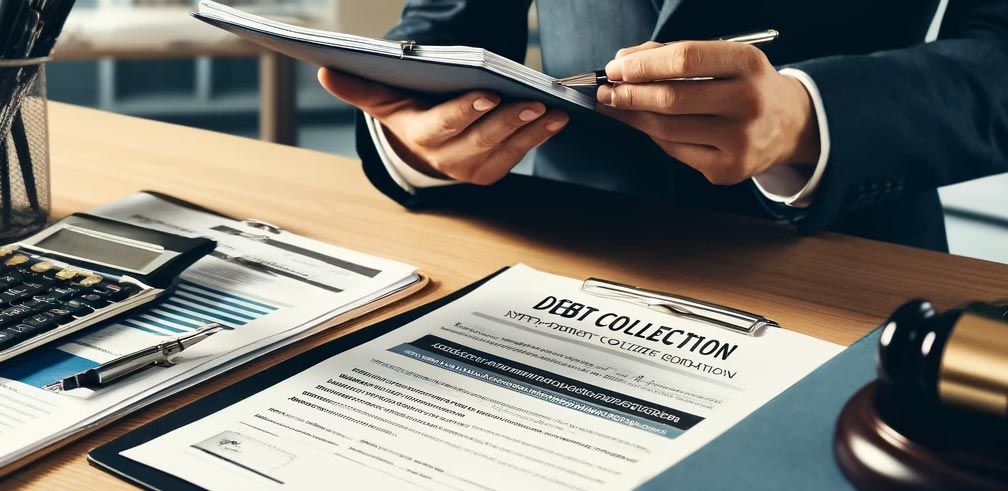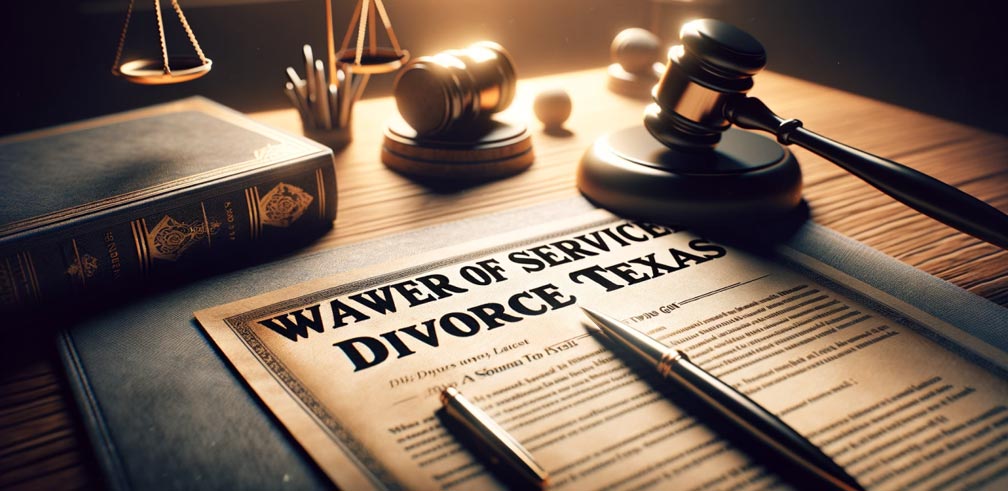Wondering about the Personal Rehabilitation Process?
부채로 인한 고통이 깊을수록, 법이 제공하는 재기의 기회는 더욱 가치 있습니다.

Many individuals considering personal rehabilitation are hesitant due to the complex process involved. With difficult legal terms and a large number of required documents, it can seem overwhelming. However, the personal rehabilitation process can take as little as 6 months or as long as a year, and it may take up to 3 years to receive a discharge. It’s important to fully understand the process beforehand to avoid rejection or dismissal of your case. Here, we break down the process of personal rehabilitation in simpler terms.
1. Personal Rehabilitation Application
The first step is to prepare the necessary documents and file for personal rehabilitation at the appropriate court. The court is located in the district where the applicant resides or works. If the application is made to the wrong court, the case may be transferred, causing delays. Therefore, it is important to apply to the correct court from the beginning.
2. Appointment of a Rehabilitation Officer
Once personal rehabilitation is applied for, a rehabilitation officer is appointed by the court. This officer investigates the debtor’s assets, income, and circumstances, and assists the judge by recommending an appropriate repayment plan.
3. Suspension Order
When applying for personal rehabilitation, you can also request a suspension order. This is a legal order prohibiting creditors from pursuing debt collection activities. The court will review the applicant’s assets, employment status, and other factors to decide whether to grant the order. Once granted, creditors are legally prohibited from collecting debts for about 2-3 days after the order is sent.
4. Meeting with the Rehabilitation Officer
If any parts of the application documents need to be rechecked or there are uncertainties, a meeting with the rehabilitation officer will be scheduled. At this meeting, you should bring identification and respond to questions regarding the documents. If discrepancies arise, a correction order may be issued. Currently, this process is mostly carried out in Seoul, Incheon, and Suwon, with few other regions participating.
5. Correction Recommendations
The rehabilitation officer reviews the submitted documents and may issue a correction order for missing or incomplete information. In this stage, adjustments to the repayment plan may also be suggested, including available income and monthly repayment amounts. It’s important to submit the corrected documents properly to proceed to the next stage, which is the initiation of the rehabilitation process.
6. Initiation Decision
An initiation decision is made when the court determines that there are no errors in the application and no reasons for rejection. Once this decision is made, the personal rehabilitation process is officially approved. If the suspension order was not granted earlier, the debtor may still face debt collection activities until this decision is made, after which collection activities are legally prohibited.
7. Creditor Objection and Creditor Meeting
After the initiation decision, related documents (creditor list, repayment plan) are sent to the creditors. Creditors have a period during which they can file objections. Following this, a creditor meeting is held. Failure to attend the meeting can lead to the dismissal or termination of the process, so attendance is mandatory.
8. Confirmation Decision
The confirmation decision is the final approval stage. After the initiation decision, the debtor must begin paying the repayment amount the following month. The period between the initiation and confirmation decisions is an evaluation period to assess whether the debtor can properly follow the rehabilitation process. If repayment is made on time and the debtor attends the creditor meeting, the confirmation decision will be granted.
9. Repayment
Repayments must be made on the scheduled dates. If three consecutive payments are missed, the personal rehabilitation process will be terminated. To receive the discharge decision, it is crucial to make payments on time and fulfill all requirements.
10. Discharge Decision
Once the repayment plan is followed and payments are made for the entire repayment period (3 to 5 years), the debtor will receive the final discharge decision. This decision eliminates any remaining debt, restores credit, and removes public records related to the credit.
As seen above, the personal rehabilitation process is not simple. Many individuals face rejection or termination of their case due to overlooked details. Personal rehabilitation can be quite complex to handle alone. However, by proceeding with a bankruptcy expert, individuals can greatly reduce their debts. Instead of hesitating due to the complex process, it is wise to work with a bankruptcy attorney to ensure the successful completion of the rehabilitation process.
Bucheon Personal Rehabilitation Lawyer 개인회생 상담 신청
끝없는 빚의 터널 속에서도 빛은 있습니다. 개인회생과 파산은 절망이 아닌 희망의 과정입니다. 변호사는 당신의 곁에서 그 길을 열고, 당신이 다시 서도록 돕는 이정표가 되어줄 것입니다.
이혼 전문 법률사무소
http://www.divorcekorea.com/
이혼 전문 법률사무소는 이혼 및 가사 소송과 관련된 전문적인 법률 서비스를 제공하는 플랫폼으로, 이혼, 양육권, 위자료, 재산분할 등 다양한 가사 문제에 대한 상세한 정보를 제공합니다. 특히, 이혼 절차와 관련된 구체적인 가이드와 법적 조언을 통해 복잡한 상황에서도 명확한 방향성을 제시하며, 전문 변호사들의 ··
무료법률상담 전문 변호사
https://lawis.tistory.com/
무료법률상담 전문 변호사 블로그는 법률과 관련된 다양한 주제를 다루는 전문 블로그로, 개인회생, 파산, 이혼, 형사 소송 등 실생활과 밀접한 법률 정보를 제공합니다. 특히, 복잡한 법적 절차와 개념을 쉽게 이해할 수 있도록 상세하고 체계적으로 정리된 글들이 돋보입니다. 또한, 실제 사례와 구체적인 조언을 ··

